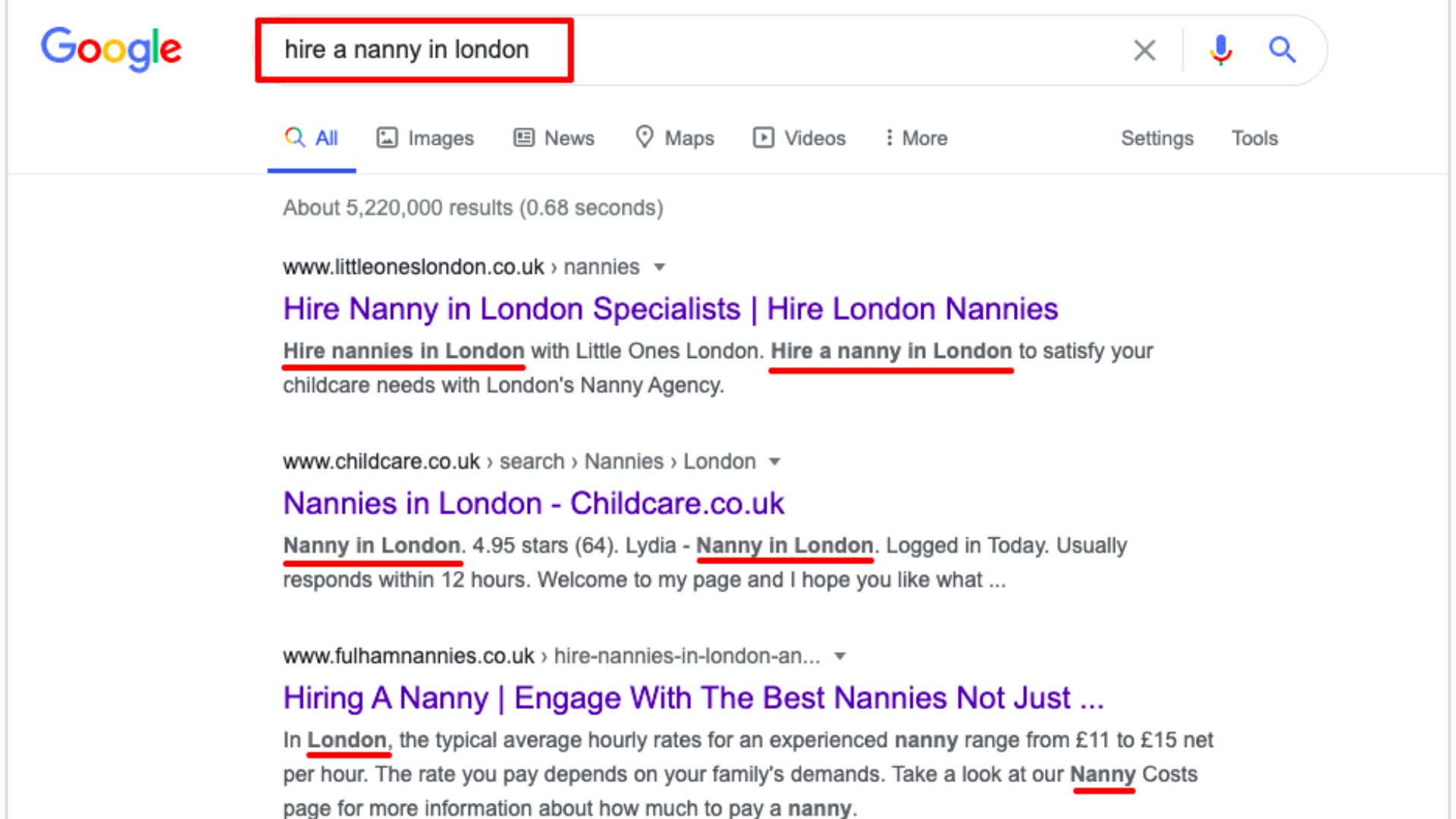Color plays a significant role in web design and has a powerful impact on human emotions, perceptions, and behavior. Understanding color psychology can help you make informed decisions when choosing color schemes for your website design. Here are some ways color psychology can impact web design:
- Emotional appeal: Different colors evoke different emotions. For example, warm colors like red, orange, and yellow are often associated with feelings of energy, excitement, and optimism. Cool colors such as blue, green, and purple convey calmness, trust, and relaxation. By strategically using colors that align with the desired emotional response, you can create a more engaging and memorable user experience.
- Brand association: Colors can become synonymous with a brand, becoming an essential element of its identity. Think of the iconic use of red for Coca-Cola or the blue and white for Facebook. Consistently using colors that align with your brand message and values can help reinforce brand recognition and leave a lasting impression on visitors.
- Visual hierarchy and organization: Color can be used to establish a visual hierarchy and guide users’ attention. By using contrasting colors, you can draw attention to important elements such as headlines, call-to-action buttons, or key information. Similarly, using different colors to categorize or group related content can aid in information organization and navigation.
- Cultural and regional influences: Colors carry cultural and regional meanings. Different cultures have unique associations with colors. For example, in Western cultures, white is often associated with purity and cleanliness, while in some Eastern cultures, it represents mourning. When designing for an international audience, it’s crucial to consider the cultural connotations behind colors to avoid any misinterpretations or misunderstandings.
- Readability and accessibility: The color combination you choose can affect the readability and accessibility of your website. high contrast between text and the background can enhance readability, especially for users with visual impairments. Additionally, considering color-blind users by avoiding problematic color combinations (e.g., red-green) enables better accessibility and inclusivity.
- User experience and engagement: Colors can influence user experience and drive engagement. Studies have shown that using vibrant and attention-grabbing colors can evoke emotions, increase brand recall, and encourage users to take action. It is important to strike a balance between a visually appealing design and colors that align with the desired user experience.
When designing a website, consider your target audience, your brand identity, and the emotions and reactions you want to elicit. Experimenting with color combinations and seeking feedback from users can help in creating a visually appealing and emotionally resonant website that effectively communicates your message.










